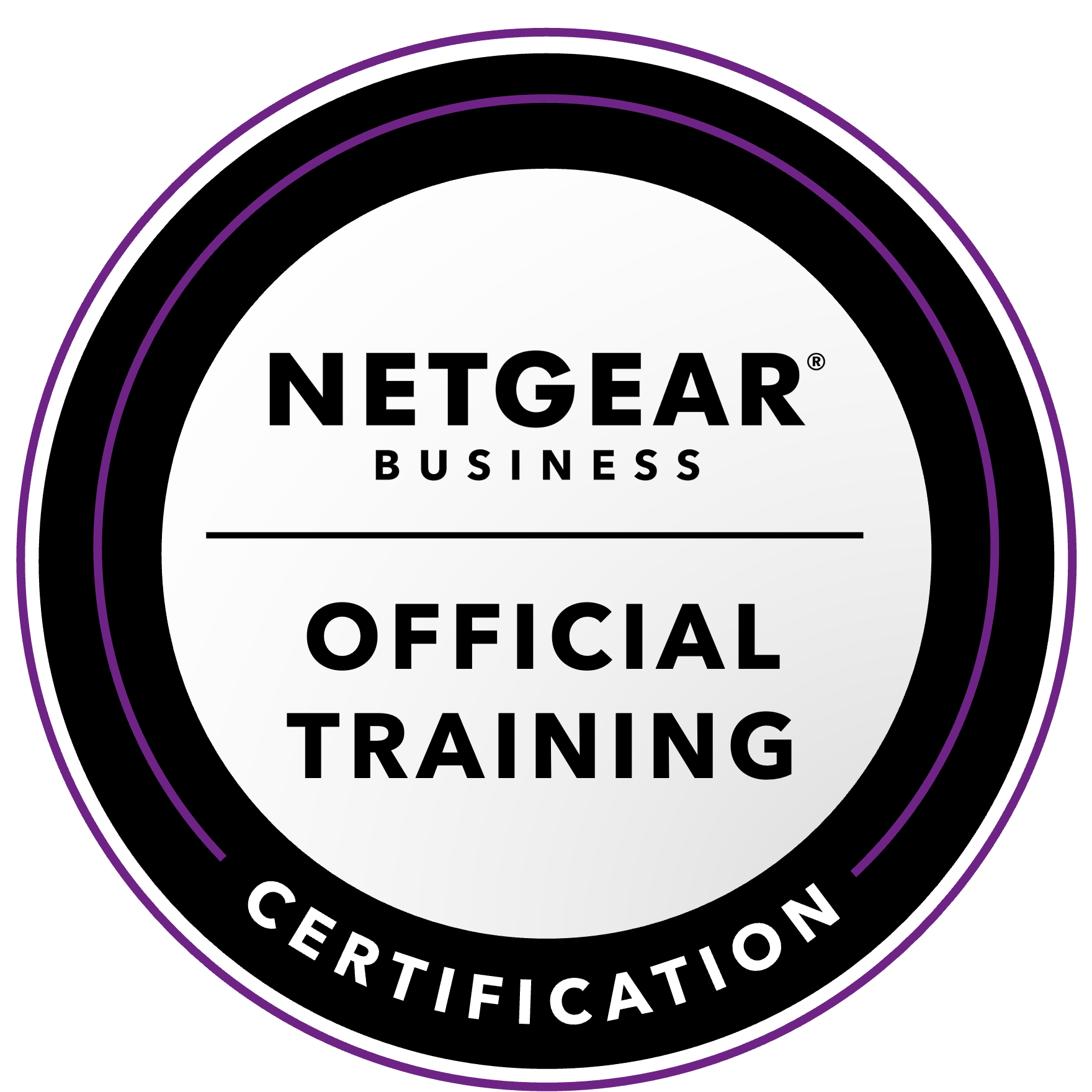NETGEAR is aware of a growing number of phone and online scams. To learn how to stay safe click here.
Forum Discussion
CABird_UK
Jan 26, 2021Tutor
NAS
I own a Netgear NAS 204 and 214. Both have eSATA connections. Can either or both connect to the below item?
I ask because I have two eSATA enclosures and connecting the disks using eSATA connections neither enclousres are (not) recognised by NAS 204 or 214. However using the same enclosures and the USB connections no issues connecting to either NAS. The disks are recognised and I can read and write data.
Thank you.
Sandshark wrote:
The ReadyNAS is designed to have "dumb" drives on eSATA -- it wants to see and control the drive directly. Since your enclosures have both USB and eSATA, I'm not surprised they don't work on ReadyNAS eSATA. The 100 and 200 series also don't have port multiplier functionality on eSATA, so don't support a multi-drive chassis on it (or see only one of the multiple drives). Of course, I'm not sure why you'd want to, anyway, since USB3 is faster.
I have no idea if a ReadyNAS could see the individual drives in a unit like that when not in RAID mode, but it definately couldn't make it's own RAID from them if it did. Using an internal RAID mode of the unit and USB, the NAS should be able to see it (it saw the internal RAID on my similar Drobo box for the short time I used it as one big drive). Of course, if there are any utilities needed to fully utilize it (as there are on the Drobo), that'll create another issue since they're not going to run on the NAS.
For some reason this thread is locked - I can reply, but cannot unlock it for Sandshark, so I am posting on his behalf. JohnCM_S , Marc_V - I've seen this happen a few times over the past few months. Can you follow up with the forum administrator?
7 Replies
Replies have been turned off for this discussion
- StephenBGuru - Experienced User
Sandshark wrote:
The ReadyNAS is designed to have "dumb" drives on eSATA -- it wants to see and control the drive directly. Since your enclosures have both USB and eSATA, I'm not surprised they don't work on ReadyNAS eSATA. The 100 and 200 series also don't have port multiplier functionality on eSATA, so don't support a multi-drive chassis on it (or see only one of the multiple drives). Of course, I'm not sure why you'd want to, anyway, since USB3 is faster.
I have no idea if a ReadyNAS could see the individual drives in a unit like that when not in RAID mode, but it definately couldn't make it's own RAID from them if it did. Using an internal RAID mode of the unit and USB, the NAS should be able to see it (it saw the internal RAID on my similar Drobo box for the short time I used it as one big drive). Of course, if there are any utilities needed to fully utilize it (as there are on the Drobo), that'll create another issue since they're not going to run on the NAS.
For some reason this thread is locked - I can reply, but cannot unlock it for Sandshark, so I am posting on his behalf. JohnCM_S , Marc_V - I've seen this happen a few times over the past few months. Can you follow up with the forum administrator?
Hello @Sandshark
Thank youf for taking the time to respond. I appreciate you doing so.
Have a fabulous day.
- SandsharkSensei
StephenB wrote:Sandshark wrote:
I have no idea if a ReadyNAS could see the individual drives in a unit like that when not in RAID mode and connected on USB, but it definitely couldn't make it's own RAID from them if it did.
StephenB : Thanks for posting for me. I left out one small detail, added now. It was probably evident that I meant that, but now it's explicit I don't know if one of the Netgear mods released it for replies or of your post did it, but now others can reply.
CABird_UK : You are welcome. I've done a lot of experimenting with various hardware connected to the NAS because I'm more a hardware guy than software. I'm glad my experience helped you. My overall conclusion has been that external devices connected to the NAS should only be used for backup or archival storage not often accessed, and eSATA isn't the best way to go for that. If you need more active storage, get bigger drives or a bigger NAS. I ultimately went with 12-bay rack-mount units for primary and backup, but not everyone has a place to put one of those noisy beasts, much less two, or the budget.
My issue with the Drobo USB unit is likely quite different from what you'll see with that RAID box on USB, but I still don't recommend USB for primary storage. The Drobo doesn't report the real space available except through it's app, it reports what's available in a virtual drive space if you were to add more actual drive space up to the max volume size. It is, quite frankly, the most idiotic way of reporting space I have ever seen, far inferior to XRAID. You can run out of real space when the unit still reports it has plenty. Avoid those like COVID-19.
- schumakuGuru - Experienced User
The chipsets used on these expansion boxes are supporting different modes. The enclosure makers typically restrict the usage by what is available on the chipset (hardware jumpers, or microcontroller, ..) resp. or the controlling software or App. For an eSATA port, the box can work as a SATA port multiplier (just like the ReadyNAS expansion box was - so the RAID had to be run on the ReadyNAS) or present itself as a single on-chip run software RAID. For a USB port, it can act a USB hub with multiple USB Attached SCSI (UAS) or USB Attached SCSI Protocol (UASP) devices, or it can act as a single on-chip run software RAID as a single UAS or UASP. Or it does expose the chipset control to the host, which can control the JBOD or RAID, and can gain some limited monitoring (sometimes including SMART) on al storage blocks.
Other NAS makers are offering such dedicated expansion box hardware with USB 3.0/3.1 hosts and using proprietary SATA-over-SAS controllers for higher bandwidth - everything neatly integrated with the respective NAS OS.
Netgear had added support for their own expansion boxes (true SATA multpliers) only, and crippled it somehow so 3rd party SATA multipliers can't be used (well, nobody reverse-engineered it at least) - however on x86 hardware only. On the USB port, there is no support for USB hubs or the like, only a single USB storage (UAS device) is accepted.
I fear ReadyNAS is stuck on historic specs, similar to Netgear's routers. Adding more powerful CPUs, some faster interfaces, and more storage block slots resp. faster SoC and latest WiFi seems to be it...
Related Content
NETGEAR Academy

Boost your skills with the Netgear Academy - Get trained, certified and stay ahead with the latest Netgear technology!
Join Us!
